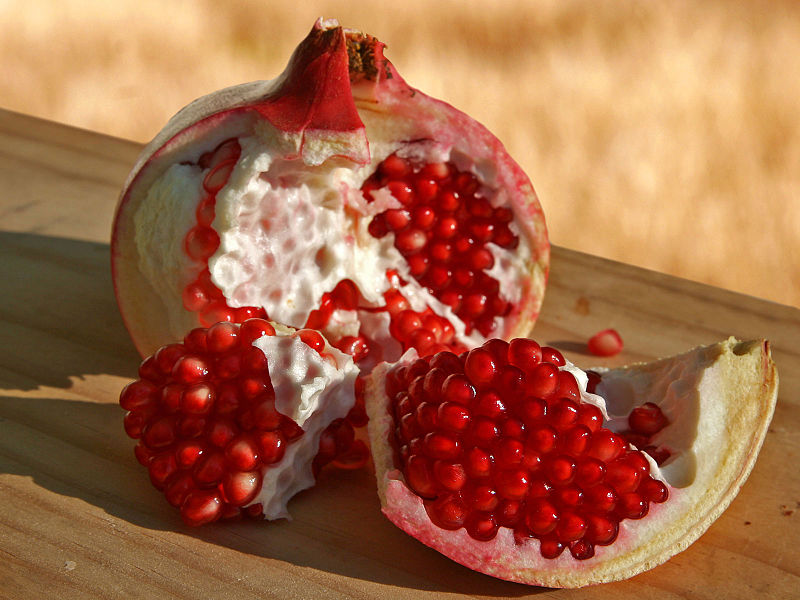December 20-2013

The winter solstice, known as Shab-e Yalda in Iran, is the longest night of the year and falls on Saturday, December 21, this year.
Shab-e Yalda is among the popular pre-Islamic holidays still celebrated in Iran. Shab-e Yalda marks the eve of the birth of Mithra, the Sun Angel, who symbolizes light, goodness and strength. The celebration is linked back to the primal concept of Light and Good against Darkness and Evil in the ancient Iranian religion of Zoroastrianism.
This night, being the longest night of the year, is considered unlucky. With the break of dawn, however, light triumphs over darkness as the days grow longer.
On the evening of Shab-e Yalda, bonfires are lit outside, symbolizing light and warmth, while inside families and friends spend the night gathered around a “korsi,” which is a low, square table draped with a heavy cloth covering all sides of the table. Hot coals are placed in a metal container under the table to provide warmth. All night, family and friends sit on pillows around the korsi eating and talking and waiting for dawn to break. Modernity and the demands of the workday have intervened so that the partying may only go a little past midnight nowadays.
Food, which is a very important part of Iranian culture, is also an important part of this night. Traditional foods eaten on Shab-e Yalda include “khoresht-e baden-joon,” a type of eggplant stew served on top of saffron-flavored rice, chicken, and “mast o kheyar,” which is yogurt with cucumbers and mint.
After dinner, the host customarily peels fruits and vegetables to serve to the family. Pomegranates spiced with “gol-par,” angelica powder watermelon, grapes, honeydew melon, “baslogh,” “jos-e ghand,” pears, oranges, tangerines, apples, cucumbers, “ajil-e shereen,” which is a combination of nuts and sweet dried fruits, and, of course, traditional Persian tea, are common things to eat and drink during this long, cold night.
Each food symbolizes the balance of the seasons. Watermelons and yogurt, which are known to be “sardi” or cold foods, are eaten to combat the heat of the summer. Halva and saffron, which are considered “garmi” or hot foods, are eaten to overcome the cold temperatures of winter.
Throughout the night, Iranians keep fires burning and lights lit to help the sun in its battle against darkness. The Fal-e Hafez, a poem Iranians take very seriously, is commonly read this night. A person noted as a reader of the poetry of Hafez, opens the volume of his works to a random page and tells the fortune of those present based on what he finds. Iranians recite poetry, play music, tell jokes and stories, and eat and drink until the sun reappears in the morning, having fought and defeated the longest night of the year.
Early Christians linked this ancient Persian celebration of the Angel of Light to the birth of Jesus. This may be one reason Christmas is celebrated in December, although the biblical story places Christmas in the spring, when shepherds watch over their flocks.
Omid Safina, 32, told the Iran Times, “I remember my childhood in Iran during Shab-e Yalda. I remember it was always a big gathering with the entire family. The fondest memory I have of Shab-e Yalda was when I was 4 or 5 years old, the year before we moved to America. I remember I was lying on my grandma’s legs and she was swaying back and forth like a cradle. I remember that despite how hard I tried to stay awake that night, I fell asleep to the voices of the elders drinking tea, eating nuts, talking and laughing about things that had happened in their lives. They were the sweetest sounds to fall asleep to.”
